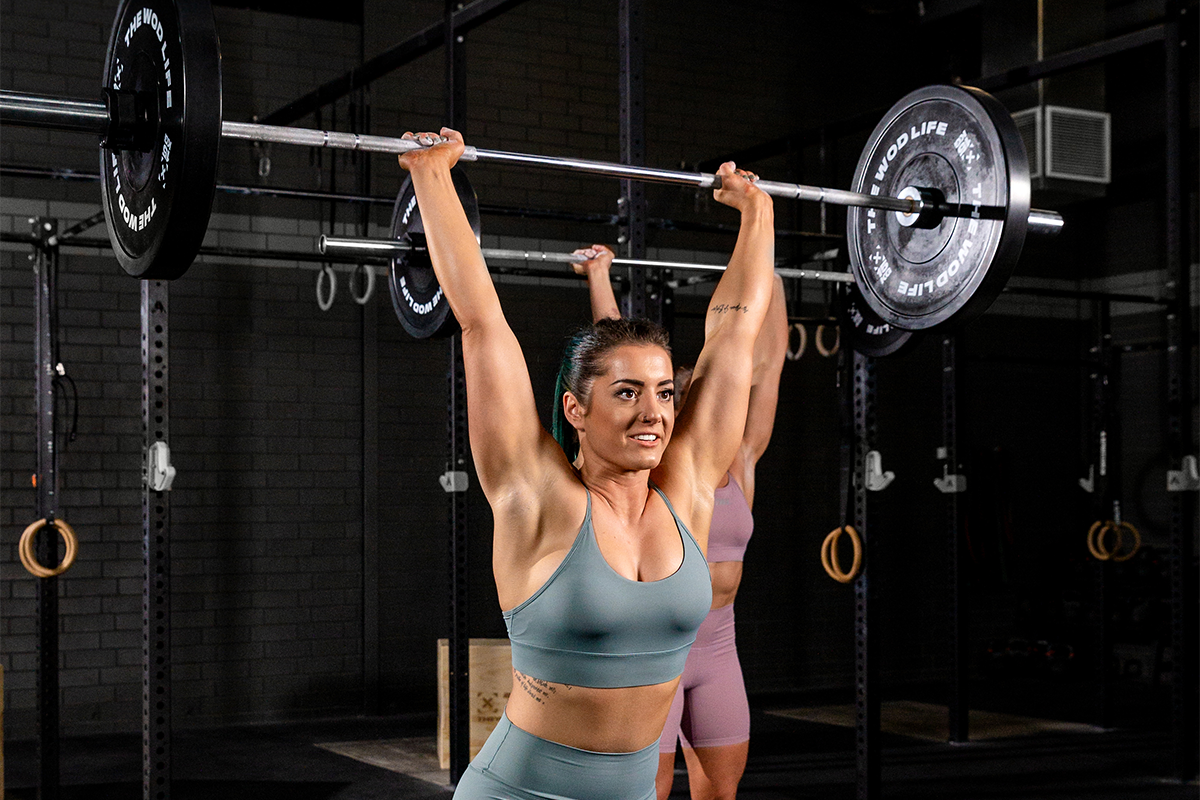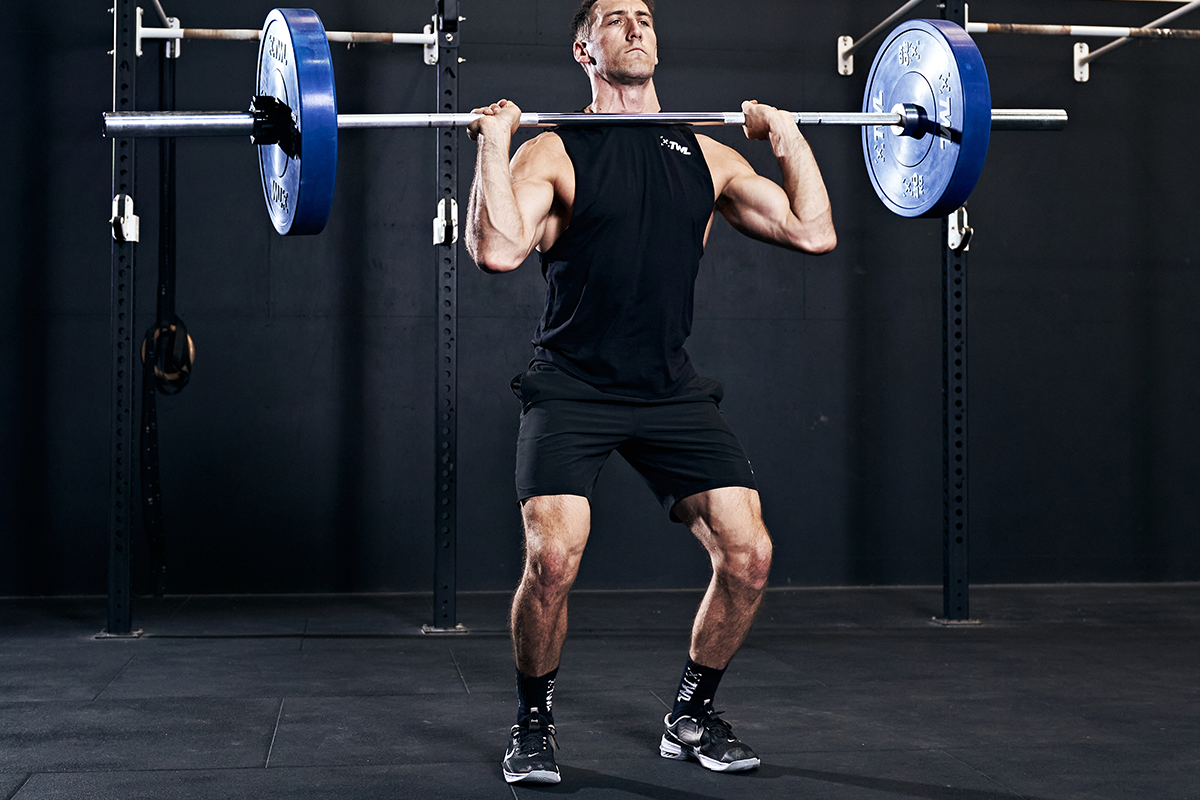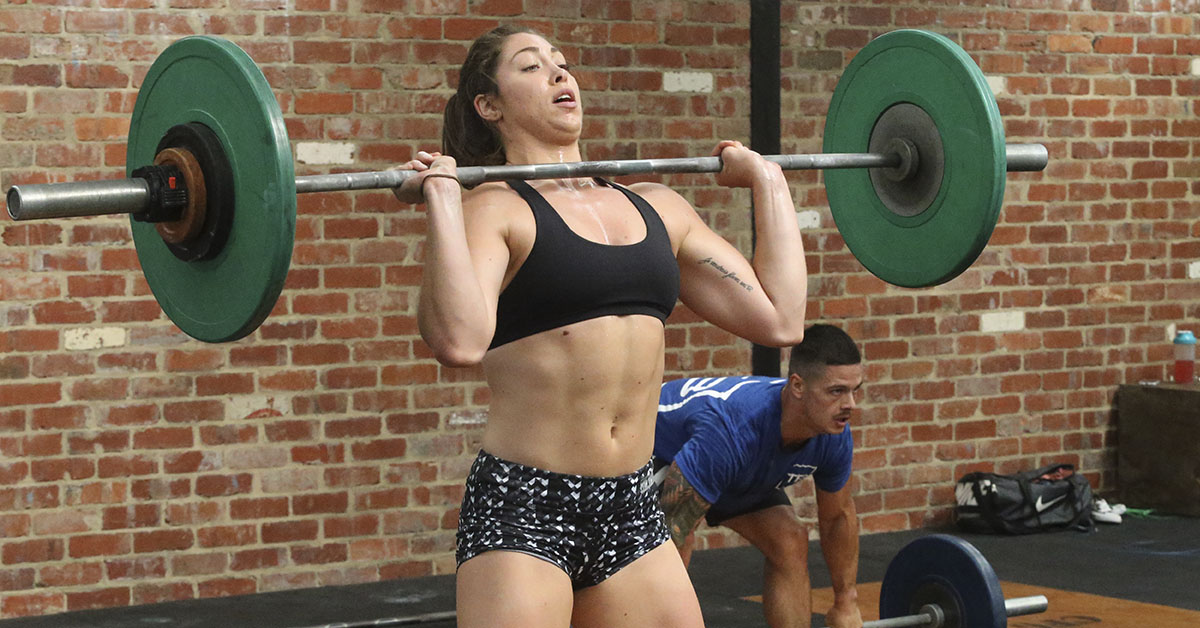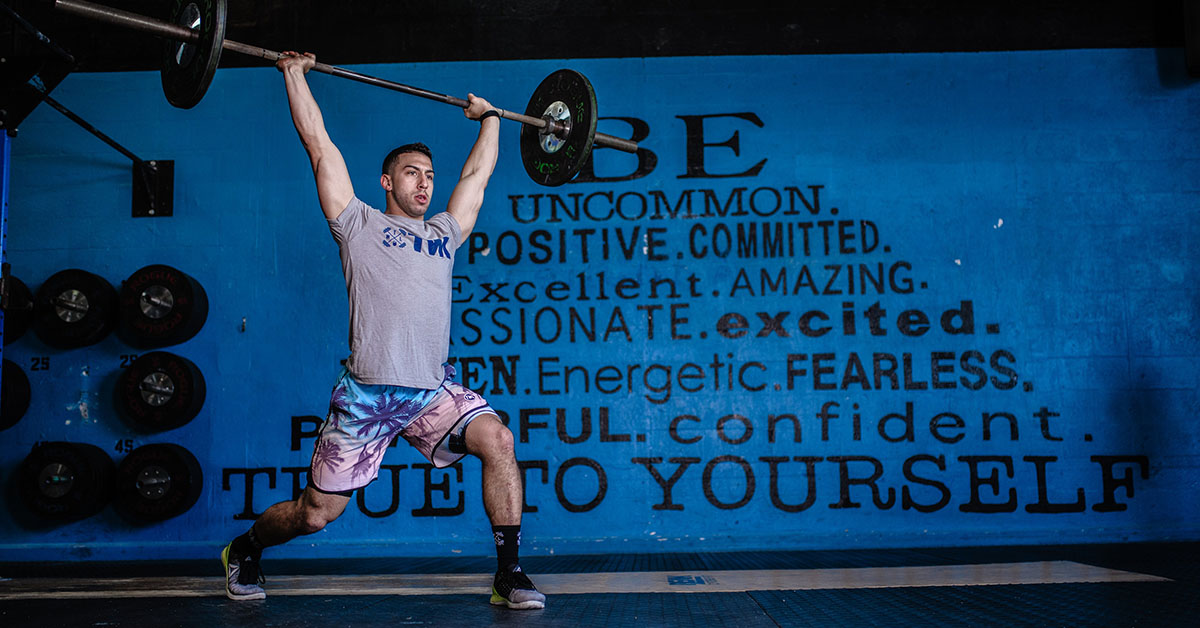Do a few PVC shoulder pass-throughs, maybe a couple of air squats, and you’re ready to go, right? Not quite. Your clean and jerk warmup needs to be a little more robust so that you can prepare your body to lift, stay safe, loosen up your joints, and hone your technique. In this blog, we’re offering some guidance for an effective and efficient clean and jerk warmup. Let’s go!
Clean and Jerk Warmup: A Complete Breakdown
Let’s go through this step by step, from your general warmup to preparing for the clean to preparing for the jerk.
Step 1: Mobilize
If your day includes a lot of sitting, then your muscles are probably tight. Excessive sitting means that the muscles of your hip flexors shorten. Poor posture leads to tight pecs. Your lower back might be crying. Now, imagine lifting a heavy barbell on this shaky foundation! Soreness and injury can ensure. No good.
Before you even think about lifting anything, start by grabbing a foam roller, lacrosse ball, or muscle roller.
Shop Now
Focus on areas like your:
- Calves.
- Hamstrings.
- Quads.
- Glutes.
- Pecs.
- Shoulders.
A foam roller will do the trick for much of this. However, a lacrosse ball is excellent for getting in all the nooks and crannies.
After breaking up this tissue, you’ll be in a place to more safely stretch. Stretching is less about flexibility and more about mobility. This is because mobility is crucial in preventing injury.
To improve your hip mobility, try the:
- Happy baby yoga pose.
- Couch stretch.
- Banded clamshells.
- Pigeon pose.
- Banded monster walks.
- Air squats.
For better shoulder mobility, try the:
- Wall extension.
- Doorframe hang.
- Arm circles.
- Kettlebell press.
- Dead hang from a pull-up bar.
And to improve your wrist mobility, try:
- Praying position.
- Wrist circles.
- Wrist curls with a dumbbell.
- Kneeling forearm stretch.
These lists certainly aren’t exhaustive but should be more than enough to get you started!
Athletes will also commonly use resistance bands and Crossover Symmetry to warm up for the Olympic lifts. That’s because they target both strength and mobility, which happen to go hand in hand. Both are low-impact ways to target even those tinier muscles that we normally forget.
Side note: You can also use all of these things for your cool-downs and active recovery days.
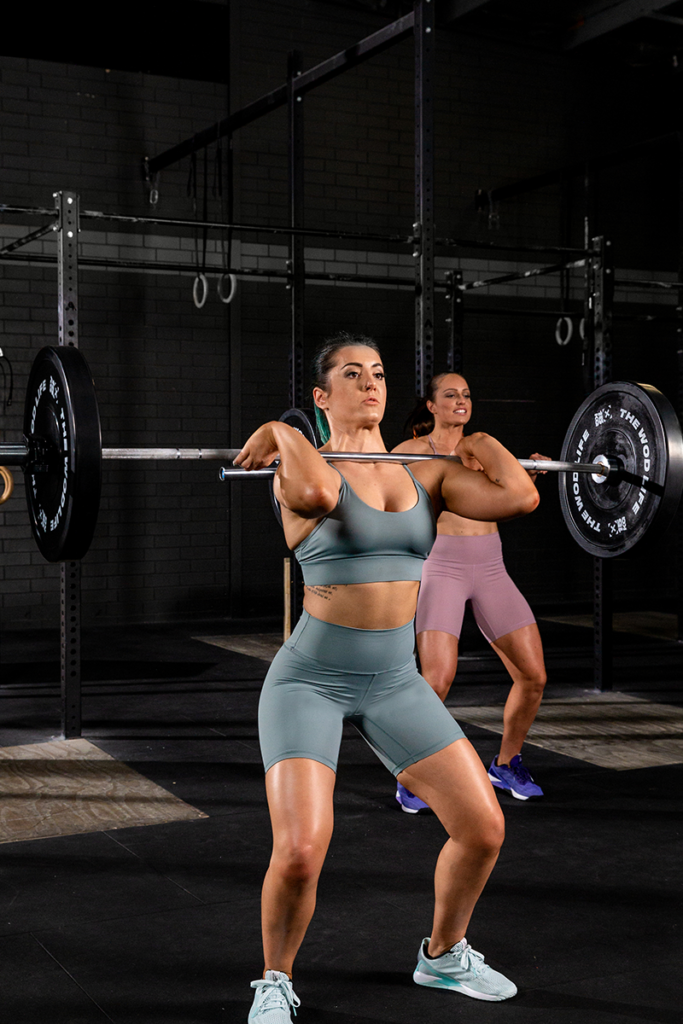
Step 2: Warm Up the Clean
Now that you’ve rolled out, stretched, and spent time on mobility, let’s get to the lifts themselves. Grab an empty barbell and perform:
- 3 high pulls from the hips
- 3 high pulls from the knees
- 3 high pulls from above the ground
- 3 reps of the front rack delivery (the part of the lift where you bring the barbell from its dead hang at your hips to your shoulders).
- 5 front squats.
- 5 front rack deliveries into front squats (so, combine the two movements).
This should be the minimum, but athletes will often opt to do more. They might perform several cleans from the hang positions: from the hips, just above the knees, just below the knees, and just above the floor.
Does a certain position feel a little sticky? Maybe you get to the bottom of your front squat and things are still feeling tight. Spend some time sitting there! If it’s uncomfortable with an empty barbell, it’s only going to feel worse when you start loading weight.
Shop Now
Step 3: Warm Up the Jerk
We’re going to assume that we’re talking about your standard split jerk, since this is what the traditional clean and jerk uses (as opposed to a push jerk). However, a similar warmup will apply to a push jerk. With an empty barbell, perform:
- 5 strict presses.
- 5 push presses.
- 5 push jerks.
Set the bar down and let’s talk about footwork. The split jerk technique tells you to stand with your feet roughly hip-width apart. From here, your feet only move forward or back. Your stance should not get wider or narrower. Without the bar, perform 10 reps of your split jerk focusing on your feet only.
After that, pick up your barbell and perform 5 reps here.
And finally, perform 5 reps of the complete lift.
This certainly isn’t the only way to warm up for clean and jerks. Be sure to listen to your body. You might need more than 5 reps of something. Or maybe you realize that you need to go back to the foam roller or spend more time mobilizing. Your warmup might not look exactly like that of the athlete next to you, and that’s perfectly okay.
Once you’re sufficiently warmed up, you can begin adding weight to the barbell until you get to your first working weight for your clean and jerk WODs. The key is to safely climb to that first working weight without wearing yourself out too much. The higher your working weight, the bigger jumps you can take on your way there.
For instance, if your first working weight is 150lbs, you wouldn’t want to do a rep at 140 and then 150. You also would want to do a rep at 45, 55, 65, and so on, all the way up to 150. Instead, you might do a rep or two around 100, 110, 120, 130, and 140 (or thereabouts). Use the weights that make sense for you.
Shop Now
Your clean and jerk warmup is going to evolve over time as you discover what works best for you. Do you have tight shoulders? More mobilization and time with the empty barbell overhead might be in order. Are your hips not cooperating? You’ll know what to do. If your warmup helps you safely lift the weights you’re aiming for, then you’re on the right track.
Don’t forget about all of the additional gear that can help you along the way, including knee sleeves, weightlifting belts, and finger tape.

